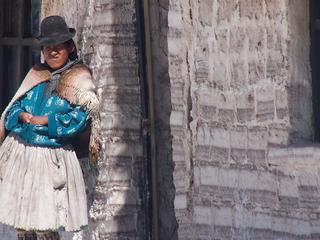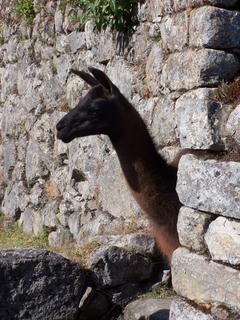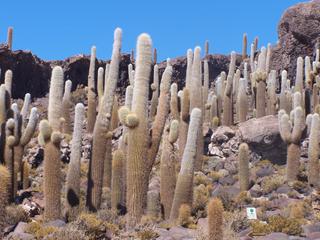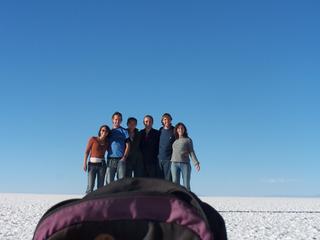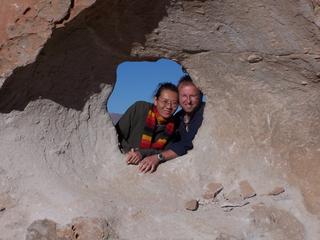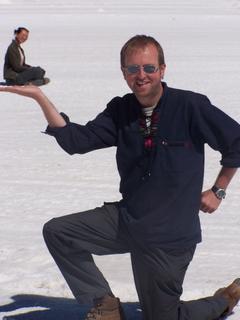Paraguay to Buenos Aires
 Old and colonial in Colonia (Uruguay) ...
Old and colonial in Colonia (Uruguay) ...
Grey day in La Boca

Trying to look ..... ??

 Random photos of Iguazù. One of those places where photos `just can`t do it justice`.
Random photos of Iguazù. One of those places where photos `just can`t do it justice`.Tango in a cafe, La Boca, Buenos Aires.

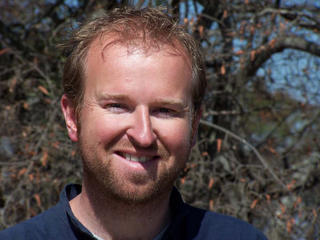 beardy weirdy
beardy weirdyFrom the delights of Salta (food, proper shops, and not having to take any long and tedious bus journeys for a whole week), we left for the eighteen hour bus journey to Paraguay and the capital - Asuncion.
We planned a direct route through to Iguazu which meant stops in Asuncion and Cuidad de Nasty before arriving back in Argentina on the other side. We`d been told the nicest parts of Paraguay were everywhere except our destinations so we weren`t expecting to be too impressed ...
We were impressed with the currency though, where one pound equalled 11,137.80 Paraguayan Guaranis. For every transaction we had to use Kasparov-esk brain power to work out whether we were paying nine pounds fifty (105,745.58 PYGs) or 95p (10,572.34 PYGs).
Other things we were impressed with included the amount of dog produce on the pavements. Also the number of policemen, militia style policemen and `bodyguard` style policemen with dodgy beards, dodgy suits and dodgy poses (legs apart and hands clasped in front of body - like Hollywood interpretations of bad agents from Blahbekistan who get killed in their dozens while the hero does his stuff).
Finally, the view out over the river was OK, though we had to look over the shanty town to see it ... and over the shoulders of the various styles of policemen. We stayed for just the one night in Asuncion before the six hour bus to Cuidad de Este.
We stayed just the one night in Cuidad de Este too, as it`s a very nasty place. It`s a shopping centre town where Brazilians and Argentinians pop over the border to buy electronics and clothes. Argentinians have to pop over the border by first popping over the Brazilian border. Leaving Paraguay we popped over the Paraguayan border without first bothering with exit procedures, passport stamps etc. We popped through Brazil without stopping for entry or exit procedures at the borders, then we held our breathes entering Argentina again, but they didn`t care. We were on a local bus that just drives straight through borders - and why not. As one of our (my) sad tourist missions is collecting passport stamps then all this convenience and (probable) illegality was done at mixed blessing.
Close to Cuidad de Este is the Itaipu Dam, one of the seven wonders of the modern world (they told us) and the worlds largest hydroelectric power station. Fascinating ... so we went anyway. It could have been fascinating in a boys sort of way, but the tour was intensely dull (it was free, but all in Alien speak (Spanish)). The statistics were all big, and it is massive, but strangely not that impressive. It`s almost 8km long and 200metres high and the spillway can let through 40 times the average flow of Iguazu. In the dry season, in August, the spillway was closed, so we just admired large amounts of concrete. We got the bus back after a couple of hours with only one photo (in Iguazu I somehow took 70 photos!!! (before realising that evening that they were all the same and deleting most of them).
The next stop was the Iguazu falls, with their own enormous statistics that I can`t remember. There were three walks on the Argentinian side. One leads to the top on one side, one runs to the bottom (and across by boat to an island) and one goes by walkway out to the top of the middle section. Each walk takes an hour ish, and there are plenty of photo opportunities along the way ... which I seemed to take full advantage of.
The next day and a mere 16 hours by bus saw us arrive as badly rested as always in Buenos Aires. The bus was big with comfortable reclining seats and served a `champagne` nightcap - but it was still a bus and a 1,500 kilometre journey.
Although Buenos Aires is a capital city (and we`ve decided as a rule capital cities are nasty places) it`s got plenty of not nasty bits in defined districts. There are some colourfully painted tin buildings with plenty of tango dancers for the tourists (La Boca), an area with lots of parks and tango dancers for the tourists (Palermo), the new fashionable nightlife area (with men dressed dapperly and thin women with muscly legs and ladders in their fishnets dancing intensely for the tourists (Recoleta)). Also there`s another fashionable area by the old docks (Perto Madero) but we didn`t see anyone dancing and the place was a bit disappointing. Finally there`s the centre where we went to see a show full of tango dancers (the show was very impressive - and we`ve seen plenty of tango in our time).
As a three day trip (for more passport stamps) we took a ferry to Uruguay and to Colonia de Sacramento. Colonia is a very nice, small and historic town. We left immediately for Montevideo, perhaps to substantiate our theory about capital cities. Largely we went because we found the name somehow exotic, and when we left we were both sporting some natty t-shirts with `Uruguay` and `Montevideo` all over them.
Back to Colonia and then to Buenos Aires we left for another 15 hour bus journey in big comfortable first class seats. After sleeping through the night we arrived totally exhausted the next day in Puerto Madryn (the top right corner of Patagonia) for a spot of whale watching .........






